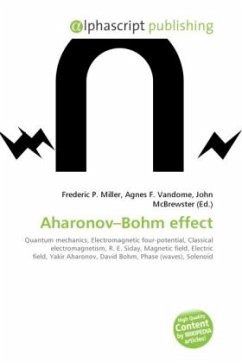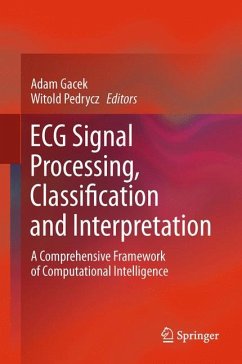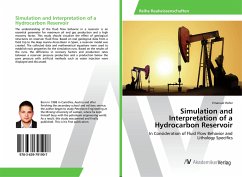
De Broglie-Bohm Theory
Versandkostenfrei!
Versandfertig in 6-10 Tagen
26,99 €
inkl. MwSt.

PAYBACK Punkte
13 °P sammeln!
High Quality Content by WIKIPEDIA articles! The de Broglie Bohm theory, also called the pilot-wave theory, Bohmian mechanics, and the causal interpretation, is a quantum theory describing point particles whose motion is determined by a wavefunction. Differently from ordinary quantum theory, these particles always have locations and the evolution of their location over time is deterministic. The evolution over time of the position of each particle (that is, each particle's velocity) arises from the gradient of the wavefunction (specifically from the guiding equation). The evolution of the wavef...
High Quality Content by WIKIPEDIA articles! The de Broglie Bohm theory, also called the pilot-wave theory, Bohmian mechanics, and the causal interpretation, is a quantum theory describing point particles whose motion is determined by a wavefunction. Differently from ordinary quantum theory, these particles always have locations and the evolution of their location over time is deterministic. The evolution over time of the position of each particle (that is, each particle's velocity) arises from the gradient of the wavefunction (specifically from the guiding equation). The evolution of the wavefunction over time is given by Schrödinger's equation. The de Broglie Bohm theory is explicitly non-local. The velocity of any one particle depends on the value of the gradient of the wavefunction which is defined over configuration space and, thus, may depend on the simultaneous positions of any or all of the other particles in the universe. This theory is deterministic and non-relativistic (relativistic extensions of this theory exist, though they tend to sacrifice determinism). It handles spin and curved spaces without difficulty.












